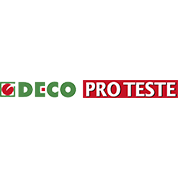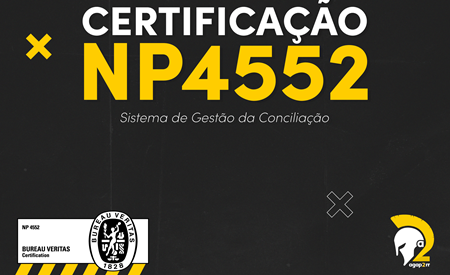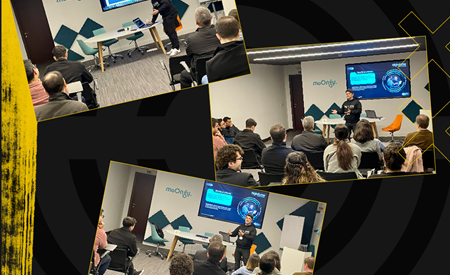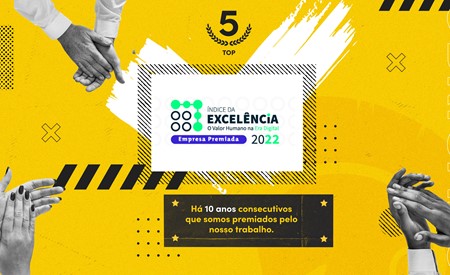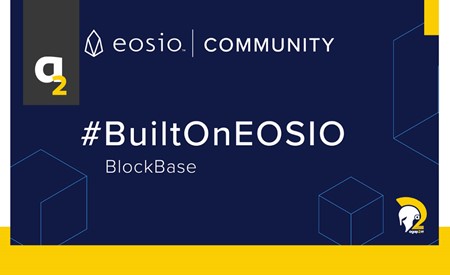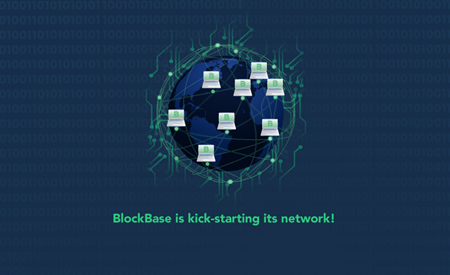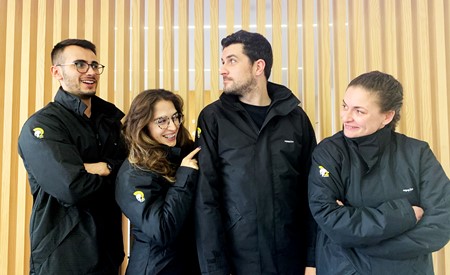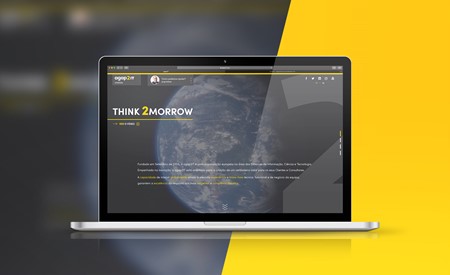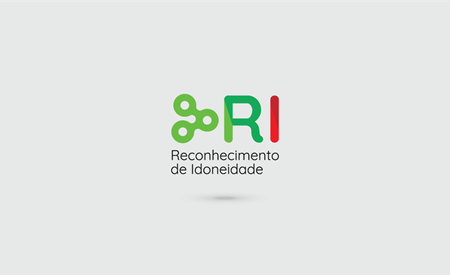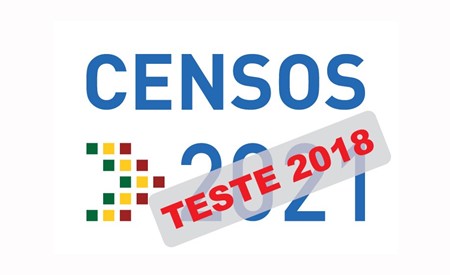Abílio Duarte, NTS of agap2IT's unit manager, is the author of an interesting opinion article on remote working practices and company reorganization. Originally published in Human Resources Portugal, it can be read below.
The novel coronavirus pandemic, which causes COVID-19, is affecting the lives of millions of people, and we are already seeing the impact it has and will continue to have in the global economy.
More and more companies are asking their employees (internal and external) to work from home during the COVID-19 pandemic, remote working is increasing as a means of practising social distancing during the COVID-19 pandemic. Led by business in response to calls from the World Health Organization, it is having a daily impact in helping manage the novel coronavirus.
Remote working is an example of a business transformation that works on multiple levels. It serves the needs of individual employees, it provides businesses with new resilient and adaptive ways to engage with their ecosystem delivering economic value and it serves the larger community by addressing public health needs.
Commit to organizational transitions.
Besides making clear and decisive technology decisions, it’s also incumbent to embrace how to manage the transition. A baseline requirement is for senior management to communicate the transition and what that means to the organization with clear, concise and consistent messaging.
As work-life boundaries blur, open and frequent communication is a key factor for setting expectations on how groups will collaborate and come together.
At its core, a pivot to remote working requires leaders to embrace organizational change management to reimagine the future of their organization and how employees can work and collaborate. It requires an institutional mind-shift to a platform mentality, which involves identifying what assets are critical and what are contextual. As the COVID-19 pandemic has demonstrated, preparing for a variety of scenarios, and then being able to move as quickly as possible in an agile and adaptive manner, is required.
How to coordinate the teams?
When we think of setting up a remote team somewhere, either due to lack of resources, to have more flexibility in projects or unfortunately because of a pandemic, it is essential to define the organization and communication. First, the teams are organized and established through a specific methodology, where everyone's contribution is well defined and monitored. This way, we limit the likelihood of duplicating tasks or redoing the work someone has already done. Short daily meetings with a well-defined agenda, as well a management and monitoring tool for tasks that must be updated daily for those who are managing the team always have the most up-to-date information possible.
Many organizations are not prepared for this scenario. Financial entities are a good example of this, but even software companies sometimes lack the knowledge to implement best practices. Bearing in mind the current situation in the world, we have increasingly received requests from new companies from different parts of the globe to help them set up teams remotely, jointly defining the best strategy taking into account the intended objectives, the company culture and their employees in order to first establish the correct channels and procedures in order to build a team that fits them.
This is the proof that technology and its constant evolution is necessary to face unexpected situations. There is an urgent need to make use of the technology and its tools so that the physical distance is dissipated within a click.

 Our Offers
Our Offers







